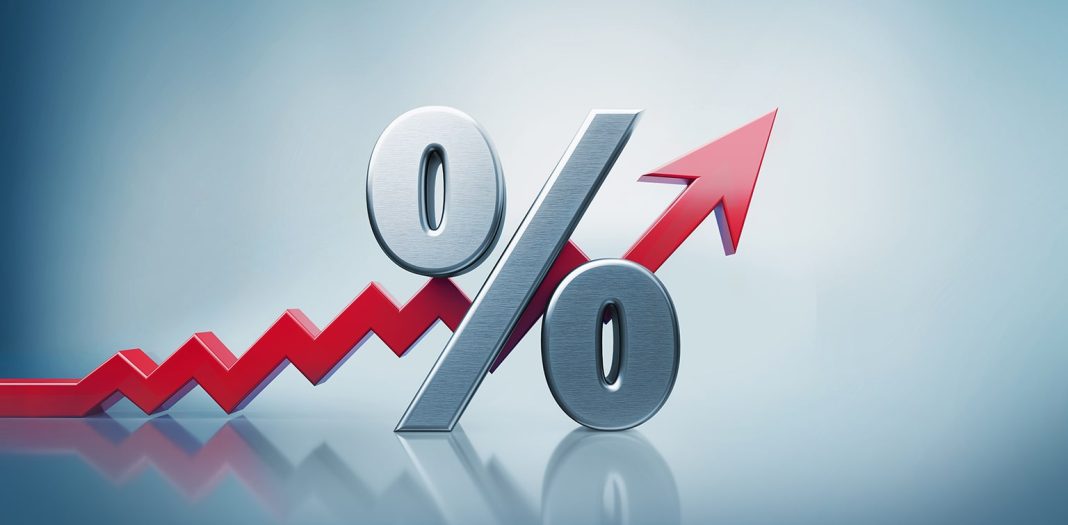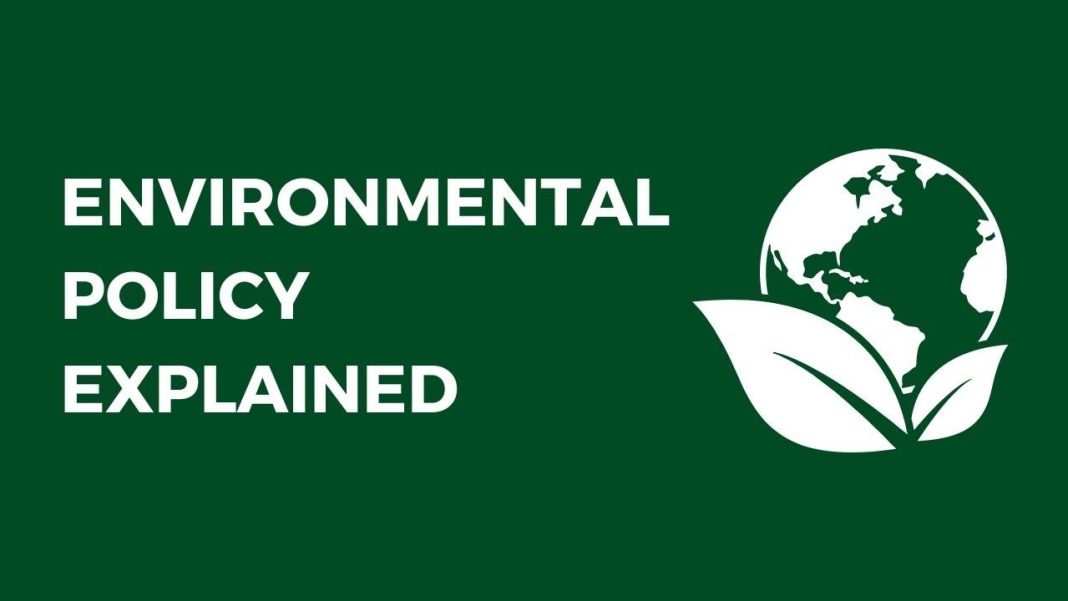 Fed Chair Jerome Powell, in his testimony before the Senate Banking Committee, expressed concerns about the potential risks of leaving interest rates too high for too long. He emphasized the need for cautiousness in pivoting on monetary policy, as premature or delayed actions could weaken economic activity and employment. Powell also highlighted the importance of greater confidence in reducing interest rates, stating that progress towards the inflation objective had been modest but encouraging.
Fed Chair Jerome Powell, in his testimony before the Senate Banking Committee, expressed concerns about the potential risks of leaving interest rates too high for too long. He emphasized the need for cautiousness in pivoting on monetary policy, as premature or delayed actions could weaken economic activity and employment. Powell also highlighted the importance of greater confidence in reducing interest rates, stating that progress towards the inflation objective had been modest but encouraging.
The initial concerns about rising inflation in the first quarter of 2024 were alleviated by the April and May readings, which suggested a revival in progress. This led to expectations of an imminent rate cut. Despite the deceleration of gross domestic product (GDP) in the first quarter, Powell noted that the U.S. economy continued to expand at a solid pace due to improved supply conditions and resilient demand.
In response to calls from Democratic lawmakers for faster rate cuts, Powell reiterated the need for more data before making any policy decisions. While central bank officials have signaled their intention to cut rates soon, lawmakers are urging them to expedite the process to prevent an economic downturn. Some Democrats have even linked interest rates to political outcomes, suggesting that keeping rates high could impact President Joe Biden’s chances of re-election. However, Powell has consistently stated that political considerations do not influence the Fed’s decision-making process.
The futures market predicts the first rate cut to occur at the September meeting. Attention will now turn to the consumer price index (CPI) and producer price index (PPI) data, which will be closely monitored by the Federal Reserve. Economists believe that a combination of easing inflation pressures and weakness in the U.S. economy could provide grounds for rate cuts. However, there are challenges posed by stubborn inflation, particularly in shelter and services.
Households’ expectations of inflation remain higher than the Fed’s 2 percent target, according to the New York Fed’s Survey of Consumer Expectations. The one-year inflation outlook stands at 3 percent, while the three-year and five-year horizons are at 2.9 percent and 2.8 percent, respectively. Recent evidence suggests weakness in the national economy, including slower consumer spending growth and a weakening labor market.
While the GDP growth is expected to be lackluster for the rest of the year, conditions could improve in 2025. Slower wage growth and strong productivity growth are predicted to lower core inflation, prompting the Fed to cut rates in September. However, the upcoming election adds an element of uncertainty to the economic outlook.
Overall, Powell’s testimony and subsequent discussions indicate that the Federal Reserve is carefully monitoring economic indicators and inflation data before making any decisions regarding interest rates. The central bank aims to strike a balance between supporting economic growth and addressing inflationary pressures, with the ultimate goal of maintaining a stable and resilient economy.


